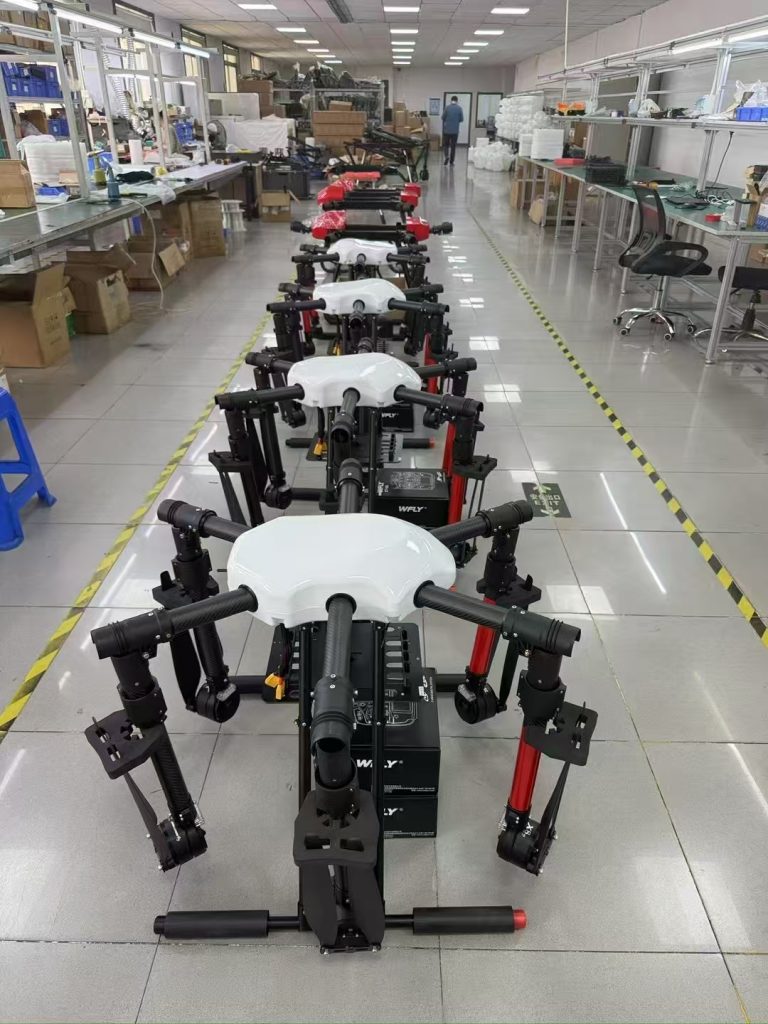
Saudi Arabia, a nation synonymous with oil and innovation, is rewriting its agricultural narrative. Once reliant on massive groundwater reserves to sustain limited farming, the Kingdom now aims for self-sufficiency in key crops—targeting 70% local food production by 2030 under its ambitious “Vision 2030” plan. From sprawling date palm groves in Al-Qassim to tomato greenhouses in Hail and alfalfa fields in Najran, Saudi agriculture is pivoting toward high-tech, sustainable practices. Yet, desert conditions—scorching heat (up to 50°C), arid soils, and scarce freshwater—demand tools built for extremes. Enter agricultural drones: a transformative solution, and for Saudi farmers, agribusinesses, and government initiatives, sourcing from China’s specialized manufacturers offers a tailored, future-ready pathway to unlock the desert’s farming potential.
Saudi Agriculture’s Desert Challenge: Ambition Meets Reality
-
Water scarcity: Freshwater accounts for just 0.1% of the Kingdom’s resources; agriculture consumes 80% of this, with traditional irrigation wasting up to 40% through evaporation or overuse.
-
Labor constraints: Urbanization has drawn workers away from farms, leaving critical tasks like crop monitoring and spraying understaffed—especially for high-value crops like Medjool dates requiring meticulous care.
-
Harsh conditions: Sandstorms, extreme heat, and nutrient-poor soils degrade equipment and strain crop yields, limiting the scalability of conventional farming.
Chinese Agricultural Drones: Built for the Saudi Desert
1. Extreme Climate Durability
-
Heat-resistant components: Advanced cooling systems and high-temperature circuitry (tested up to 60°C) prevent overheating during midday operations, critical for fields in Riyadh or the Eastern Province.
-
Sand and dust sealing: Motors, sensors, and batteries are encased in IP67-rated, dust-tight housings, ensuring reliability amid frequent sandstorms that can cripple unprotected machinery.
-
UV-stabilized frames: Aircraft-grade aluminum alloys with UV-resistant coatings resist degradation from the Kingdom’s intense sunlight, extending service life by 40% compared to standard models.
2. Precision Technology for Resource Efficiency
-
Ultra-low water spraying: Atomized nozzles reduce water use by 60–70% compared to flood irrigation, directly addressing the Kingdom’s water crisis. For date palm plantations in Al-Ahsa, this means fewer water truck deliveries and lower energy costs for pumping.
-
AI-driven crop monitoring: Multispectral cameras and real-time analytics detect early signs of stress—whether from heat, pests, or nutrient deficiency—in dates, tomatoes, or alfalfa. Farmers receive actionable insights to adjust irrigation or apply targeted treatments, boosting yields by 20–30% in pilot projects with Saudi agricultural research centers.
-
RTK GPS accuracy: Centimeter-level positioning ensures precise seeding, spraying, and fertilization, minimizing waste and preventing chemical runoff into fragile desert ecosystems. This is critical for meeting GlobalG.A.P. certification standards, which Saudi exporters increasingly require.
3. Scalability for Diverse Farms
-
Compact models: Lightweight, cost-effective drones (under $12,000) empower smallholders to access precision tech, bridging the gap between subsistence farming and commercial production.
-
Enterprise fleets: Larger cooperatives or government-backed projects can deploy swarms managed via cloud-based software, streamlining operations and cutting training time by 50% compared to traditional machinery.
Beyond Hardware: A Partnership for Long-Term Success
-
Localized training: On-farm workshops teach pilots to operate drones, interpret AI analytics, and perform routine maintenance. In trials with Saudi Arabia’s Ministry of Environment, Water, and Agriculture, this reduced downtime by 45% and accelerated adoption among rural communities.
-
Responsive support: Regional service partners in Riyadh, Jeddah, and Dammam stock spare parts, ensuring replacements arrive within 24–48 hours—critical during harvest seasons for dates or high-value vegetables.
-
Compliance assurance: Drones undergo testing to meet Saudi standards (SASO certification) and align with Vision 2030’s sustainability goals, simplifying regulatory approval for buyers.
Mutual Gains: Strengthening Saudi Food Security
-
Water and cost savings: Reduced resource use lowers operational expenses, making local farming more economically viable and reducing reliance on non-renewable groundwater.
-
Enhanced export readiness: Precision farming lowers chemical residues, aligning with EU and Asian market demands and boosting Saudi agricultural exports—projected to reach $5 billion by 2030.
-
Climate resilience: Faster, targeted interventions (e.g., post-heatwave crop recovery) help farmers adapt to increasingly erratic weather, securing food supplies for Saudi’s 36 million people.

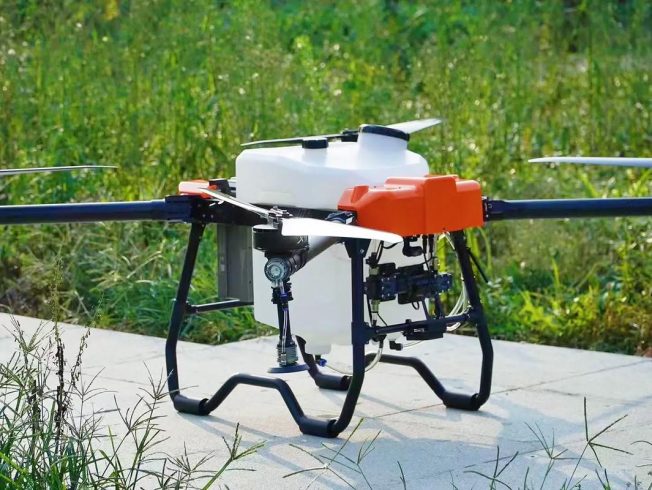
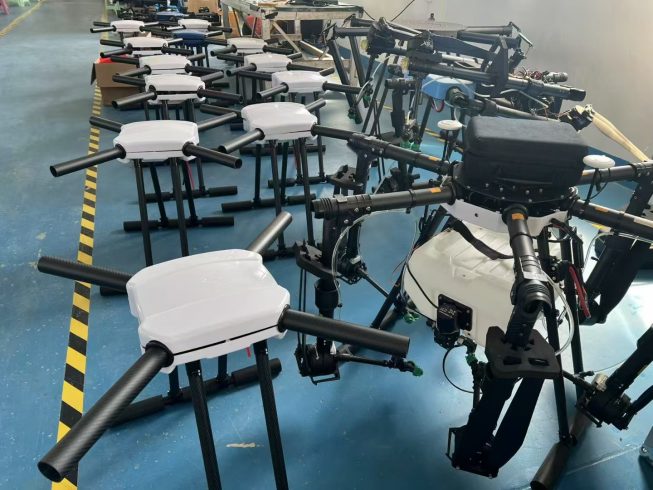
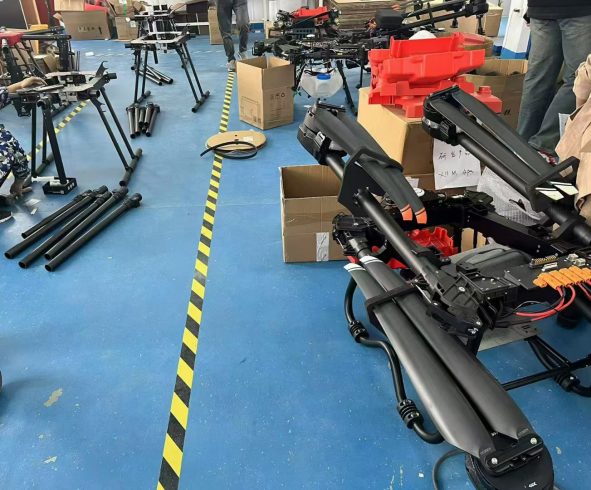
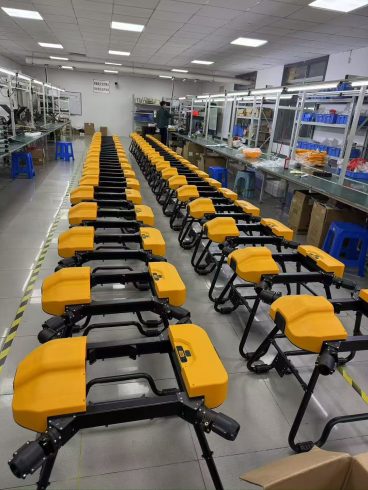



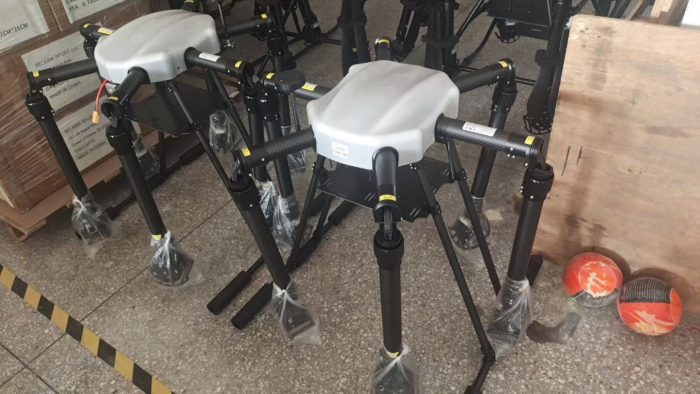
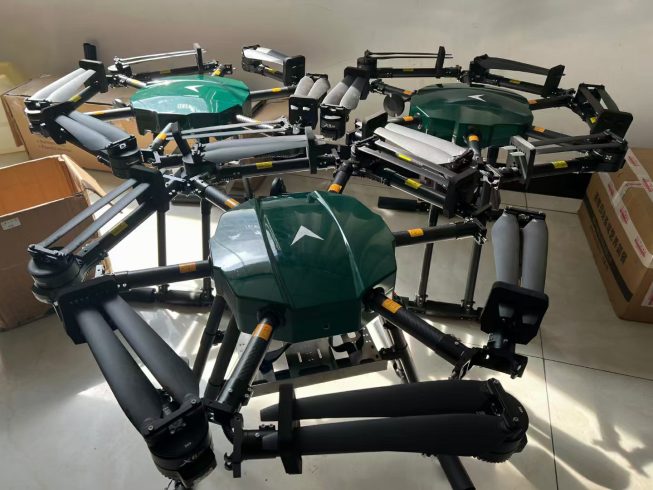
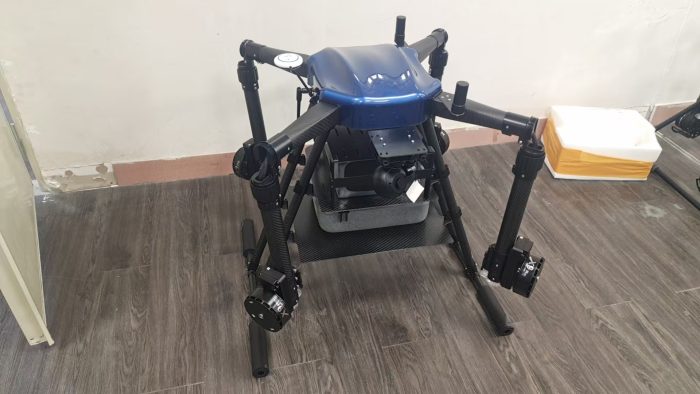

暂无评论内容